Home photography ideas: Paint eruptions underwater
Love the swirling patterns when you pour milk into coffee? Use the same principle to make paint erupt underwater!
Watch video: Home photography ideas – Paint eruptions underwater
Photography projects at home
• Home photography ideas
Useful home photography kit
• Best tripods
• Best lighting kits
• Best reflectors
• Best macro lenses
When making a cup of coffee, you’ll surely have noticed the wonderful swirling patterns created as the milk is poured in. If the cup was made of glass, you could watch the milk unfurl below the surface. And if you switch that cup for a glass fish tank, and substitute the milk for paint, suddenly you have a very photogenic subject.
Once lit, we can freeze this flow of paint mid-motion with our camera and capture a slice of time. All it takes is a little patience and a lot of water – in fact, we only need a few basic things to get started.
We have a glass fish tank and we’re using acrylic paint. Because it’s oil-based it won’t instantly mix with the water. Instead, it will hold together as it drifts through the tank creating more sculpture-like shapes.
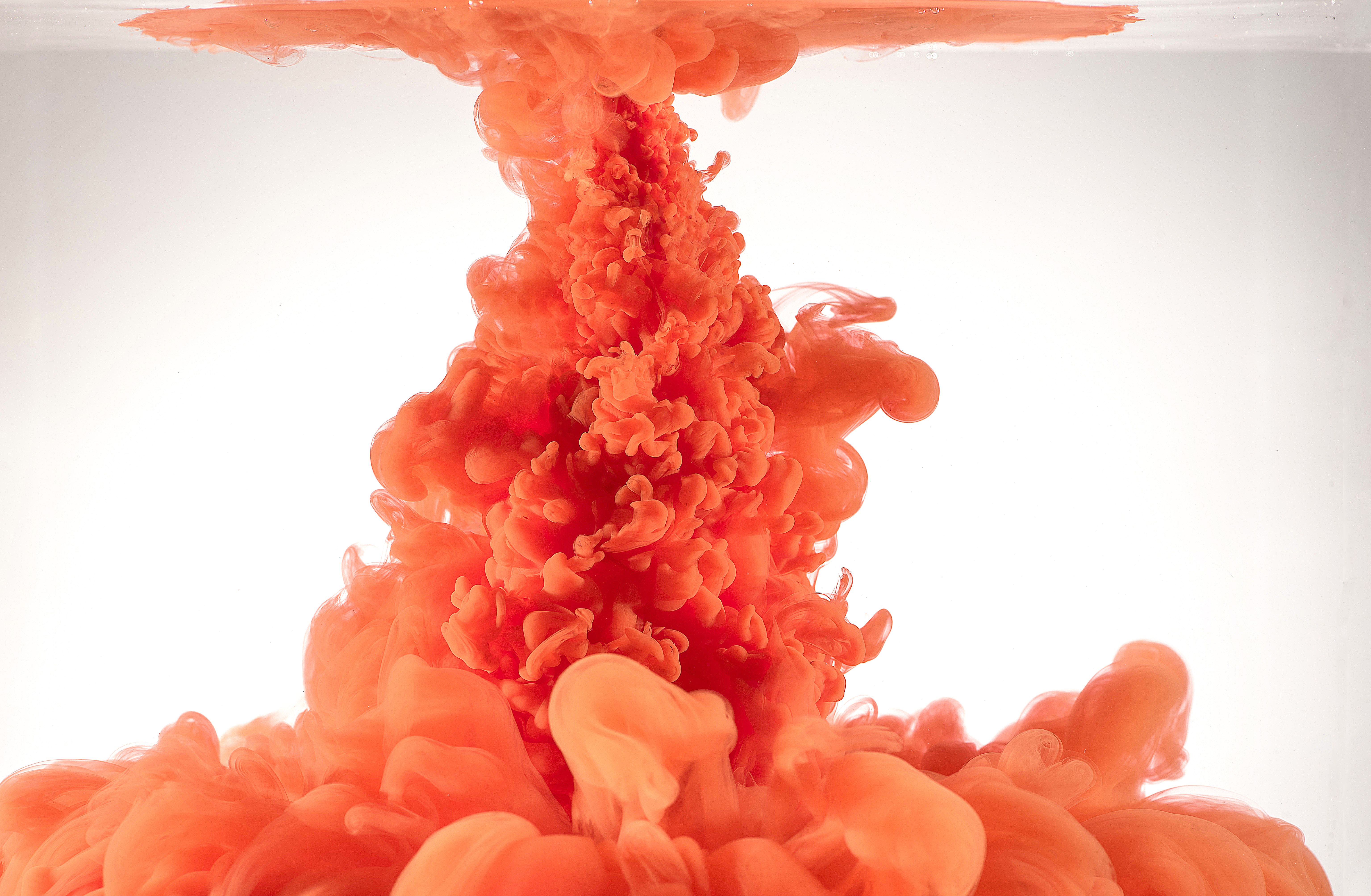
In terms of camera gear we have a couple of flashguns – it's fine if you only have one, but you’ll definitely get better results with two speed lights. We’ve plugged a wireless trigger into each flash, and a transmitter into the hot shoe of our camera. Use hot shoe footplates to stand the flashguns on the table, or use stands for them if you’ve got a smaller table setup than we’ve used.
We’re using a macro lens (the Canon EF 100mm f/2.8 Macro) to get in close to the paint-drop action and fill the frame, but you could just as easily use a standard zoom or telephoto zoom lens. However, you would have to position the camera further away from the tank because the minimum focusing distance of a non-macro telephoto lens will be farther away.
This photo project is all about the preparation, as it takes around 15 minutes to clean out and refill the tank ready to shoot each time. But it takes just a few seconds to nail the shot!
• Read more: Best online photography courses
Get tanked up
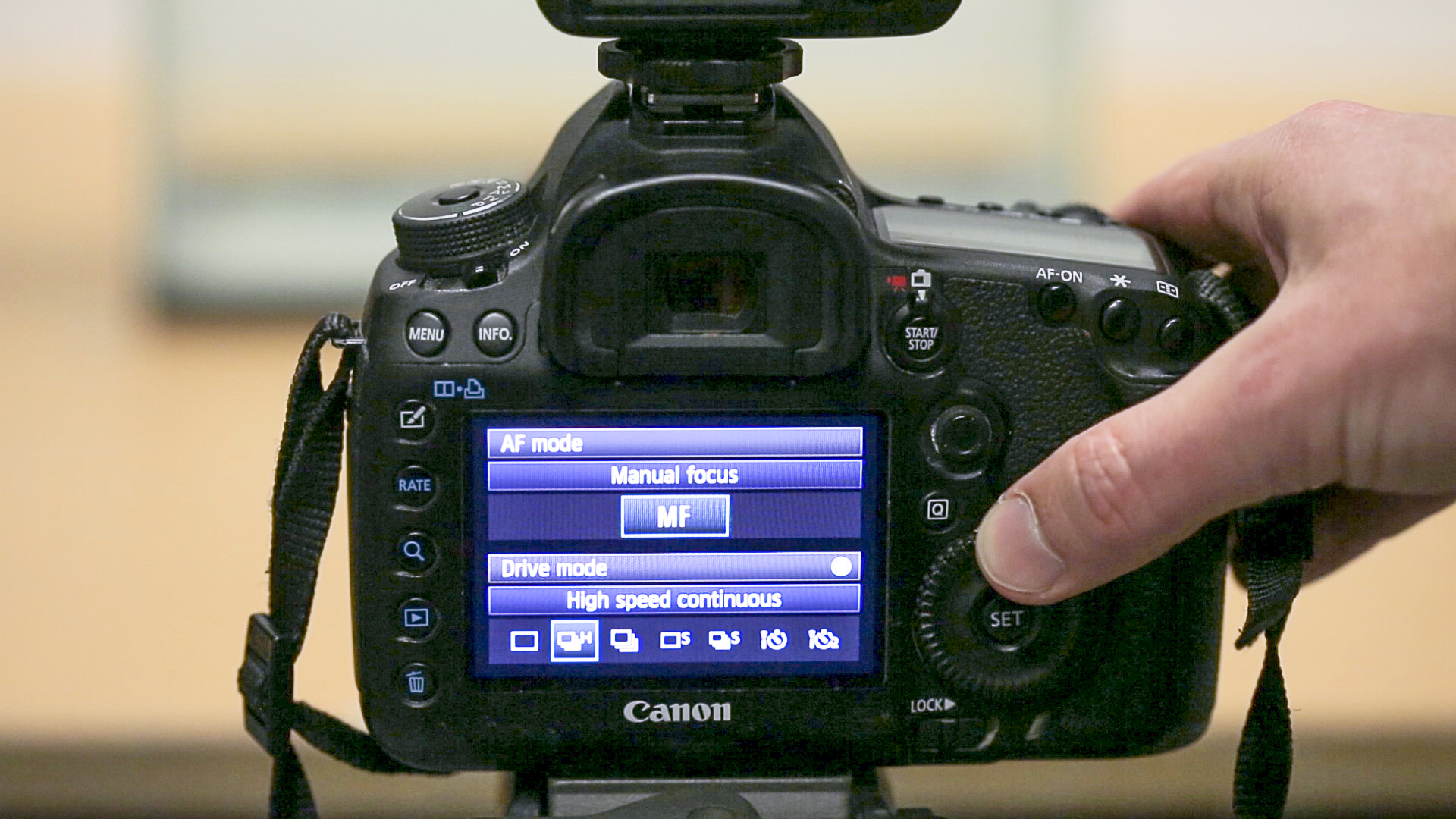
01 Camera setup
Set your drive mode to continuous shooting, to enable multiple photos to be taken while the shutter release is depressed. This means that you get a few bites of the cherry before the water becomes a murky mess.
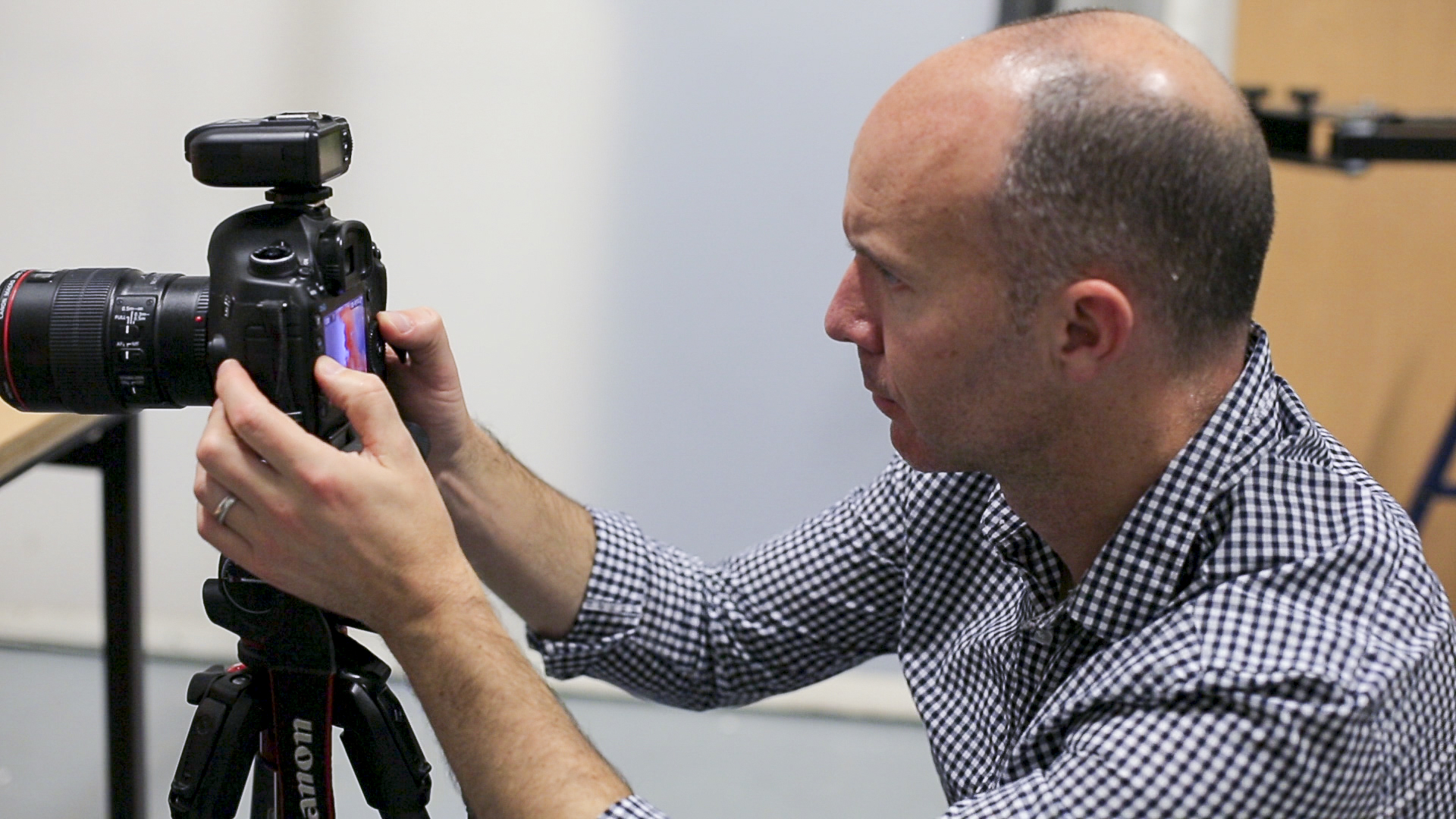
02 Manual mode for flash
We want enough depth of field to make the paint shapes sharp, and as we’re shooting closely we used f/11. We set the shutter speed to 1/200 sec (which is around the maximum flash sync speed of most cameras).
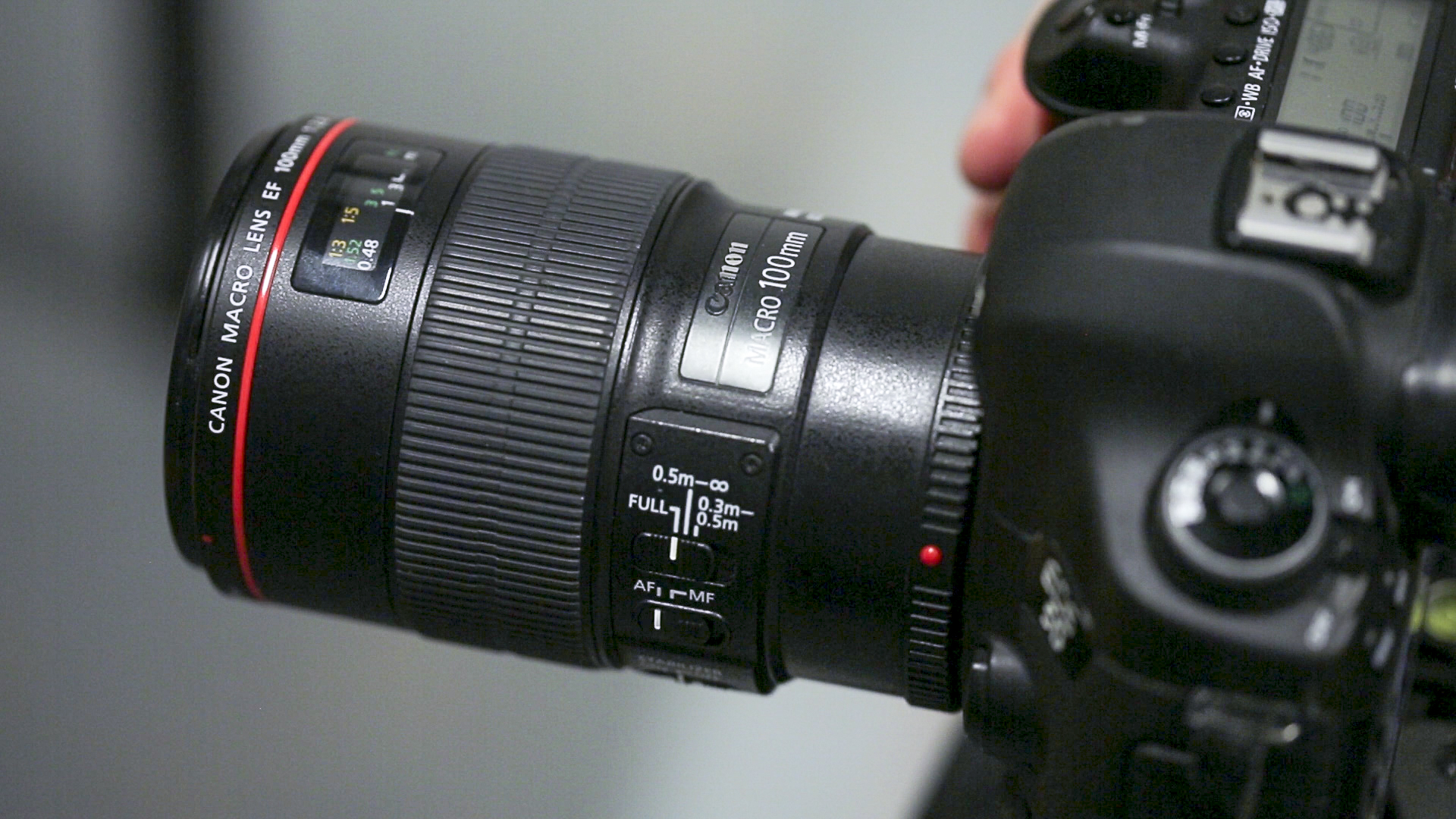
03 Which lens is best?
Put your camera on a tripod and centre it with the tank. Try your best to fill the frame with the tank – a 100mm macro lens is ideal for this, but you could also use a telephoto zoom.
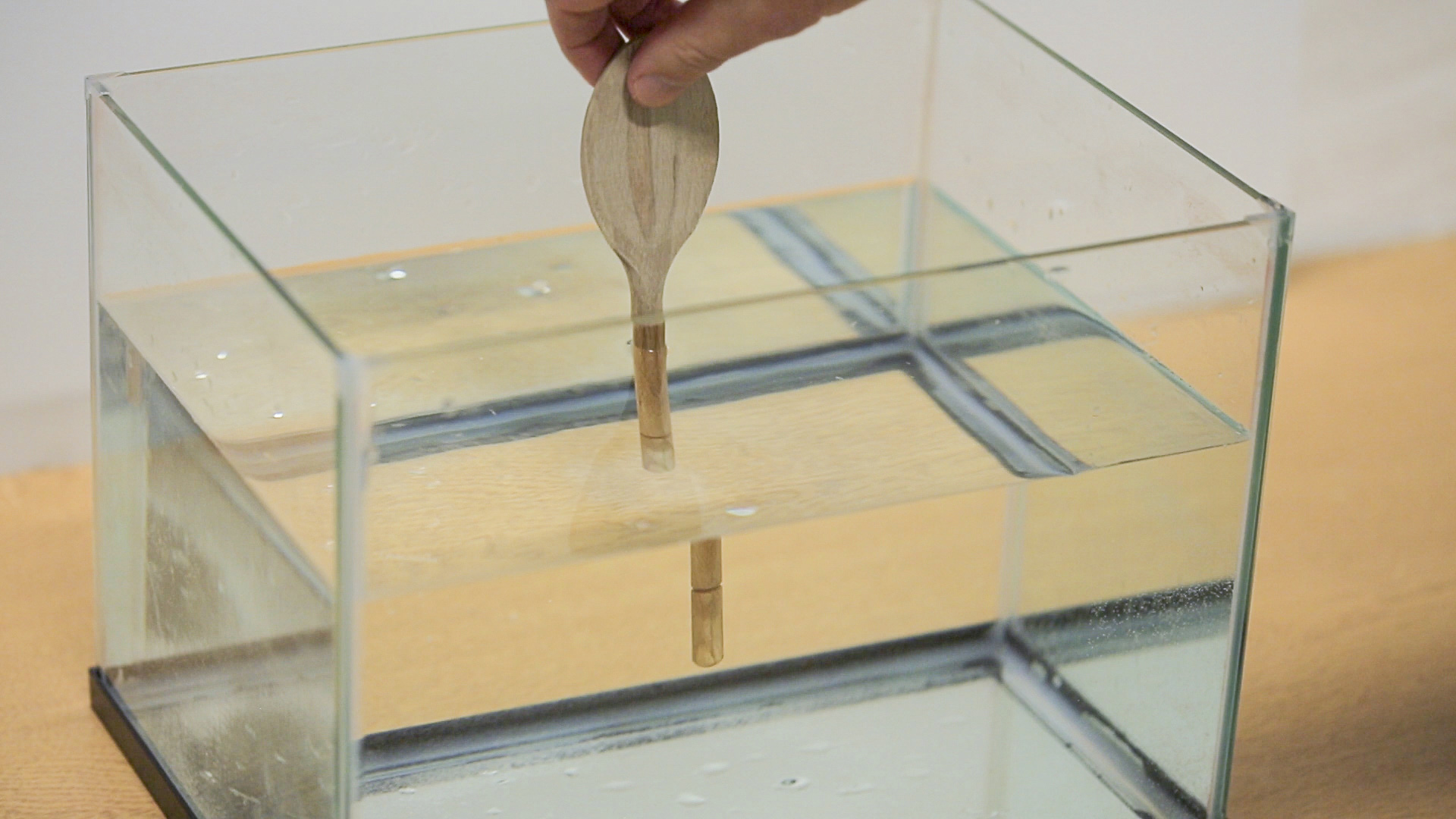
04 Pre-focus before shooting
Take a wooden spoon and hold it in the middle of the tank. Then pre-focus on it and switch to manual focus to lock off the focus point. Now your focus will be maintained at this point throughout the shoot.
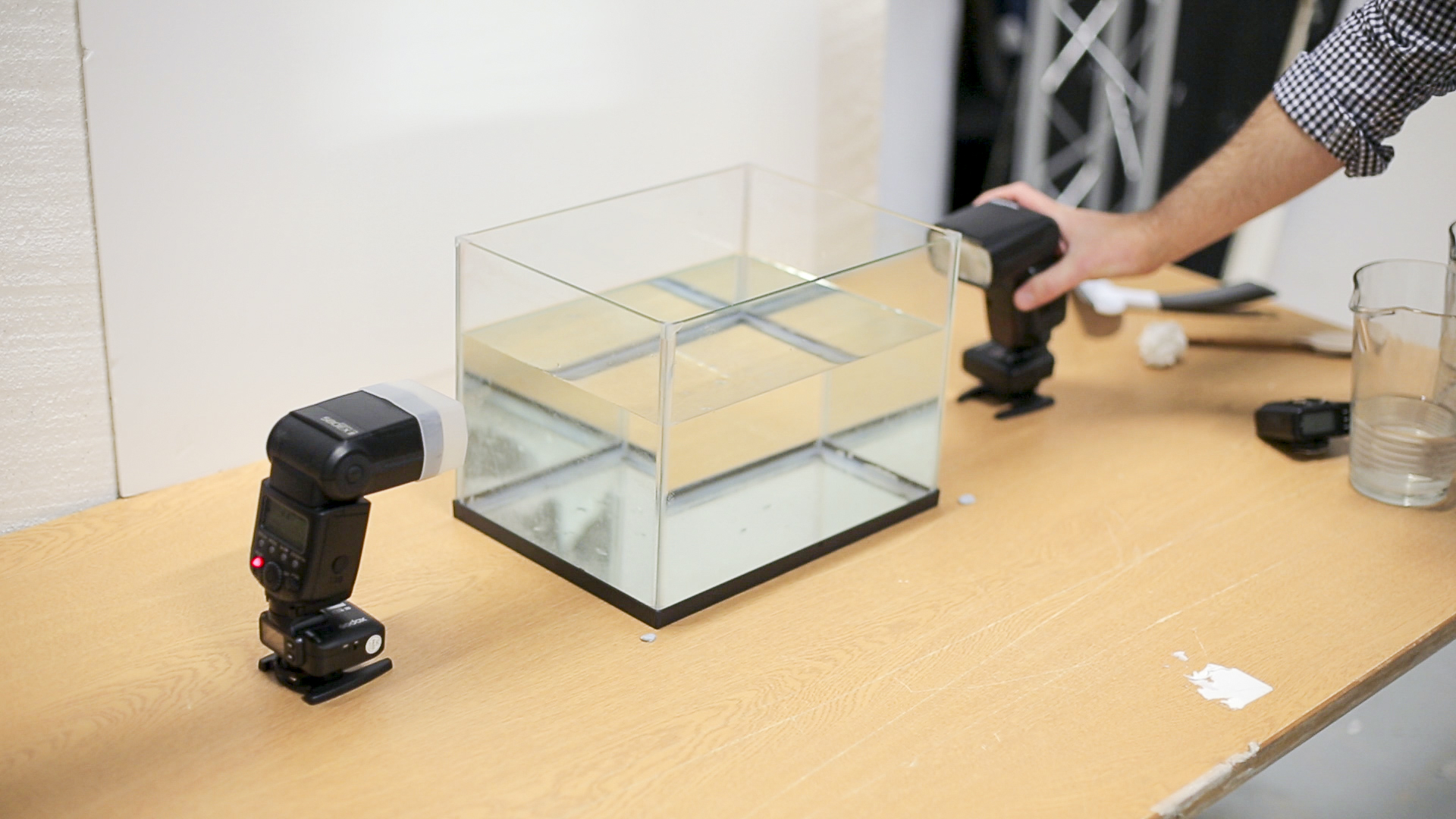
05 Flashguns ready!
Turn on two flashguns with wireless triggers attached to them. Using a hot shoe footplate on each one, place them on either side of the fish tank. We set them to 1/16 power to speed up the recycle times.

06 Wireless triggers
We’re using wireless flash triggers that operate via radio frequency. However, infrared triggers will work fine as the two flashes are set close together on the table top, in line of sight of the camera.
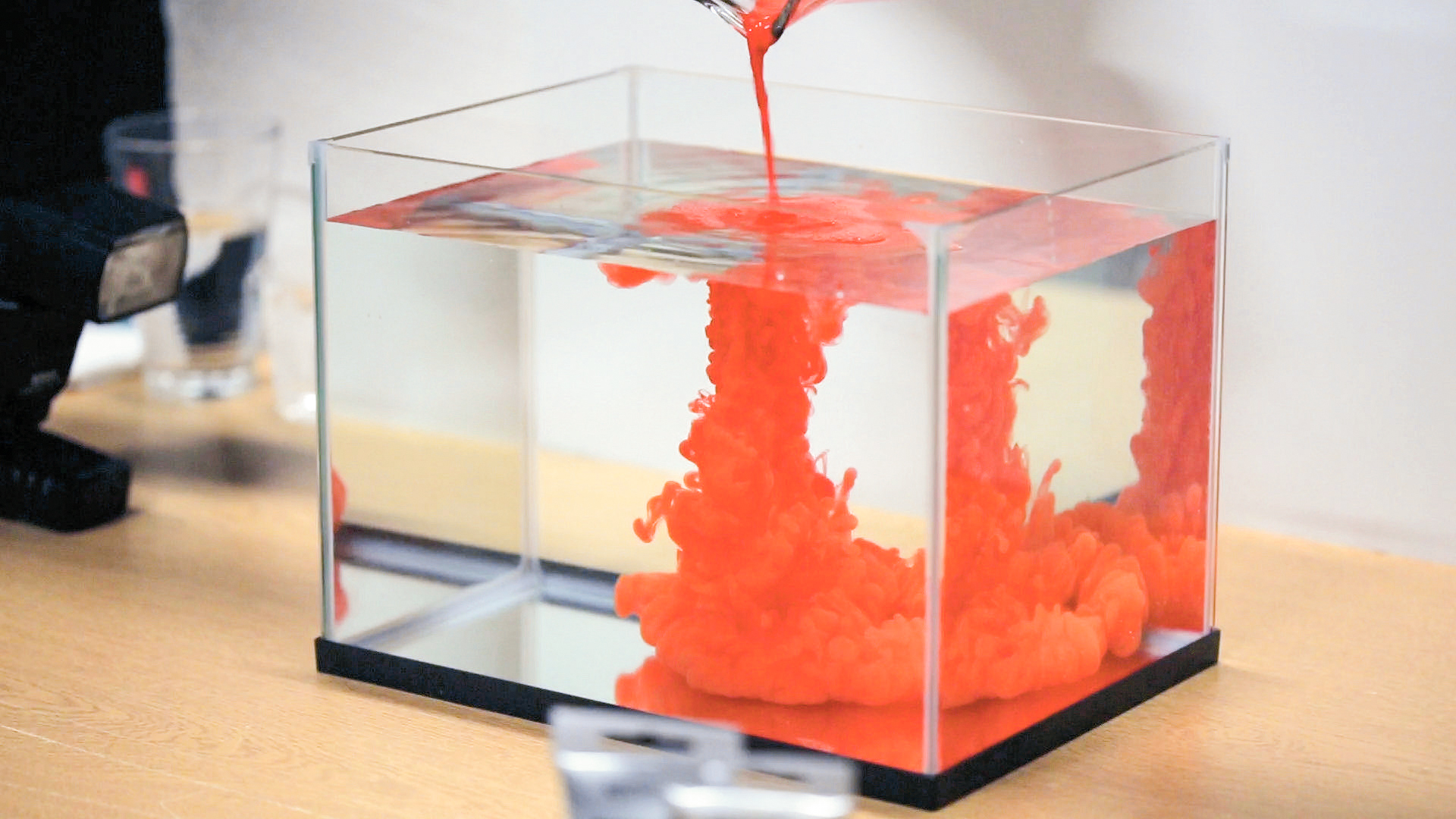
07 Get pouring
When pouring the paint into the water, do it very close to the surface; when dropped from a height, the paint falls faster and impacts the water harder, creating air bubbles as it sinks. Also, the paint unfolds more photogenically when poured from just above the surface.
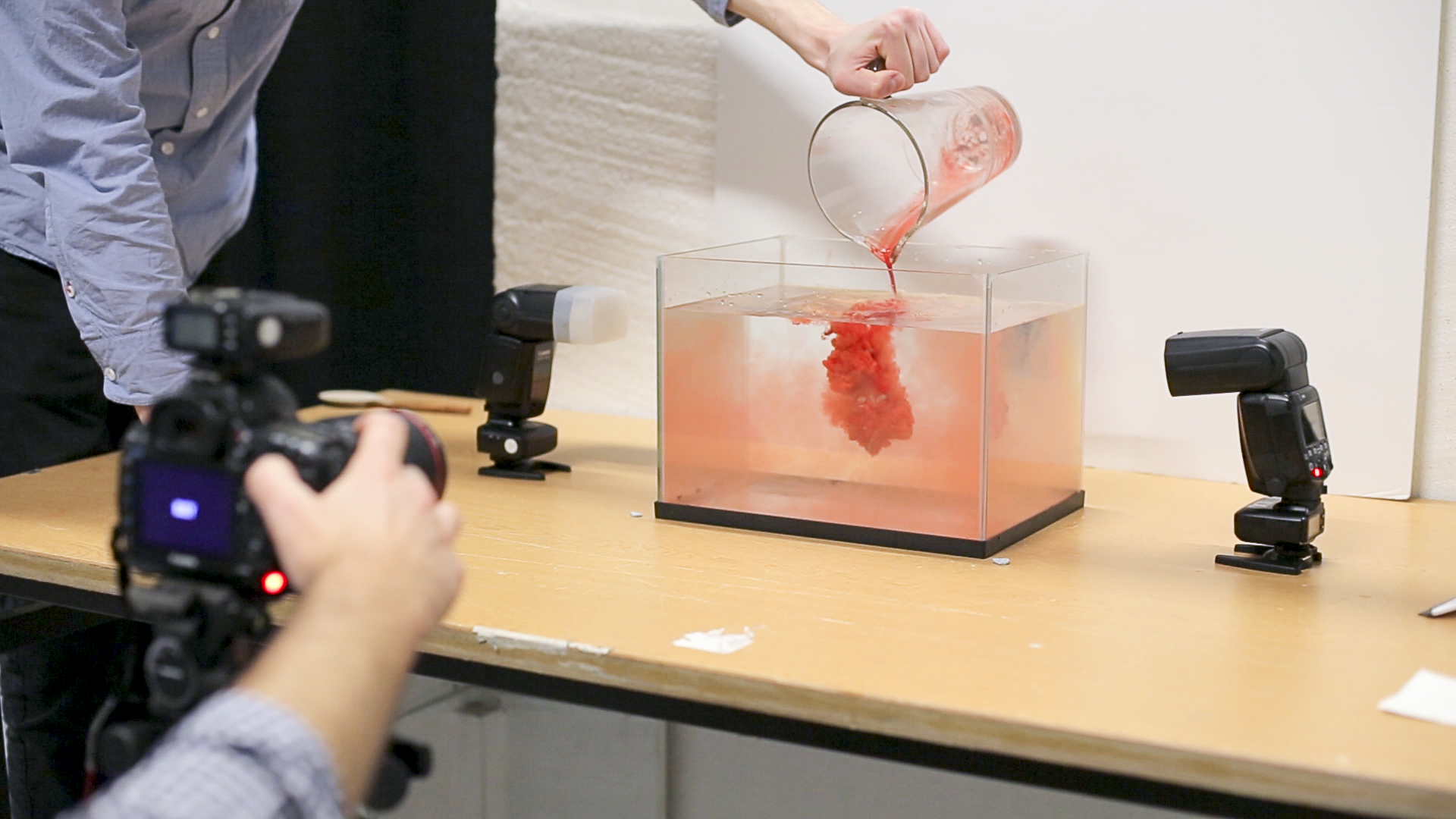
08 Taking the shot
You could use a remote shutter release if doing this on your own, and shoot / pour the paint simultaneously. But it’s easier getting a friend to pour the paint while you take the photos, because the pourer can concentrate on getting the technique right while you focus on getting the shot!
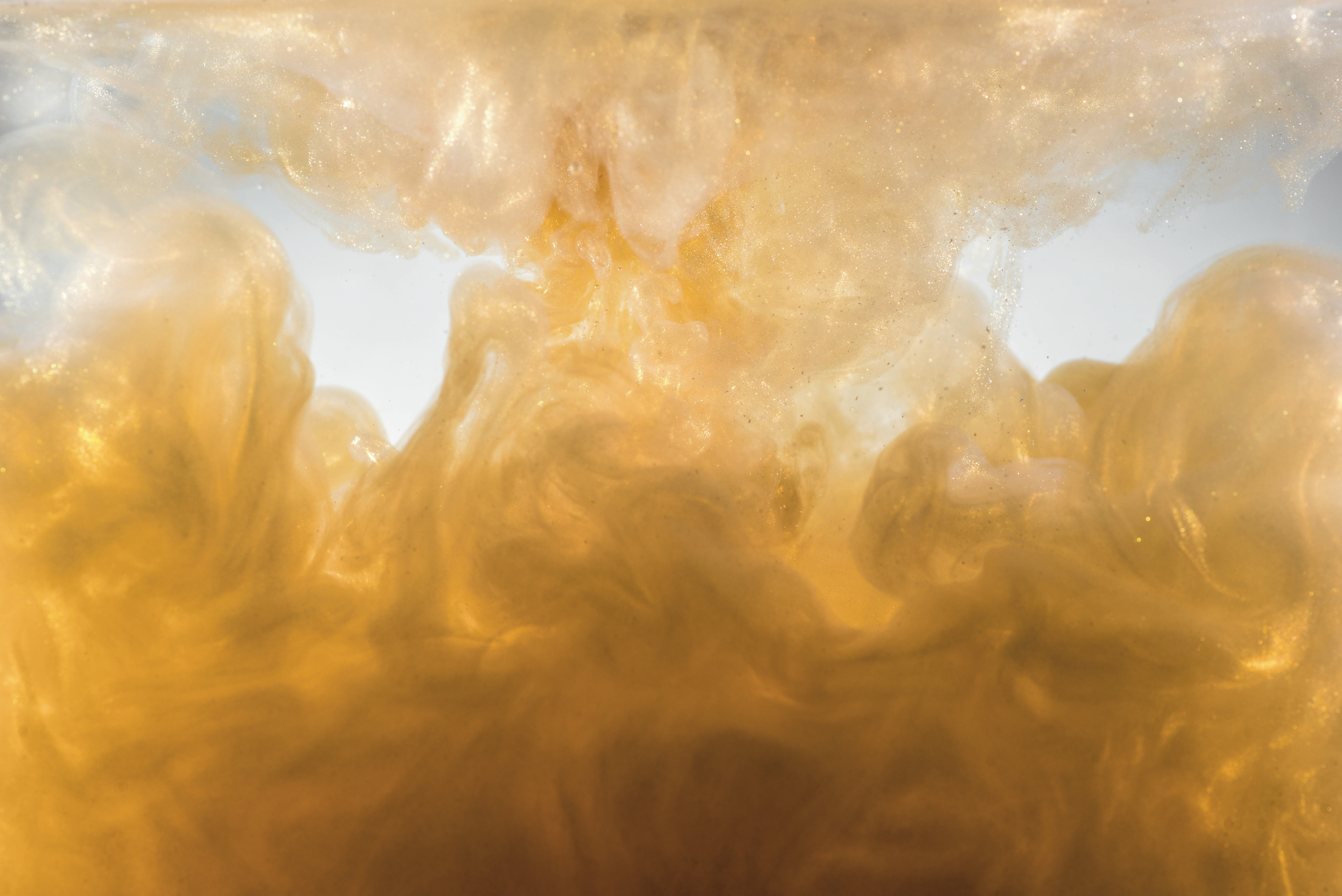
09 Fill 'er up!
Once you’ve got the initial few photos of the paint pouring in, you sometimes get another chance for a second pour. More often than not, though, the initial pour will have made the water too full of paint swirls for any real shooting, so it’s time to rinse and repeat.
PhotoPlus: The Canon Magazine is the world's only monthly newsstand title that's 100% devoted to Canon, so you can be sure the magazine is completely relevant to your system.
Read more:
10 best online photography courses – from beginner guides to masterclasses
The best macro lenses in 2020: get closer to your subjects than ever before!
The best flashgun: the best strobe units for Canon cameras, Nikon and more
Get the Digital Camera World Newsletter
The best camera deals, reviews, product advice, and unmissable photography news, direct to your inbox!
The editor of PhotoPlus: The Canon Magazine, Peter 14 years of experience as both a journalist and professional photographer. He is a hands-on photographer with a passion and expertise for sharing his practical shooting skills. Equally adept at turning his hand to portraits, landscape, sports and wildlife, he has a fantastic knowledge of camera technique and principles. As you'd expect of the editor of a Canon publication, Peter is a devout Canon user and can often be found reeling off shots with his EOS 5D Mark IV DSLR.



